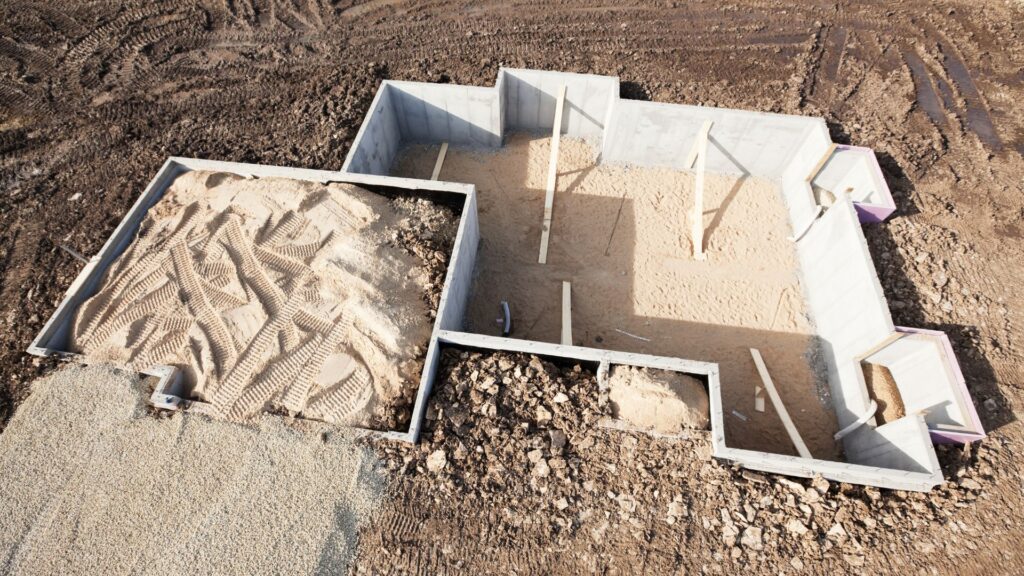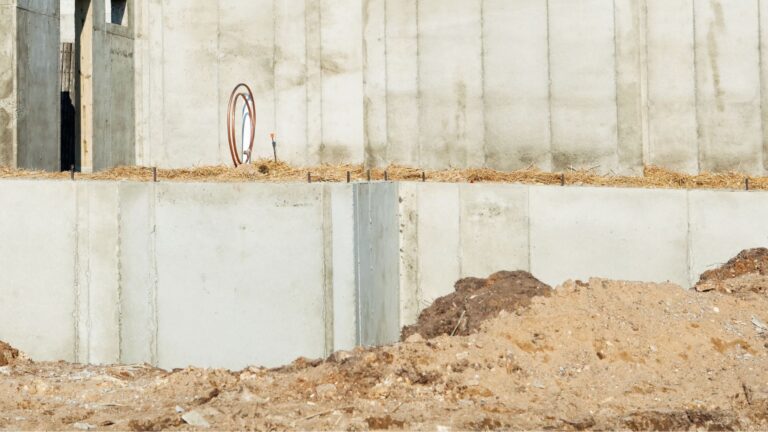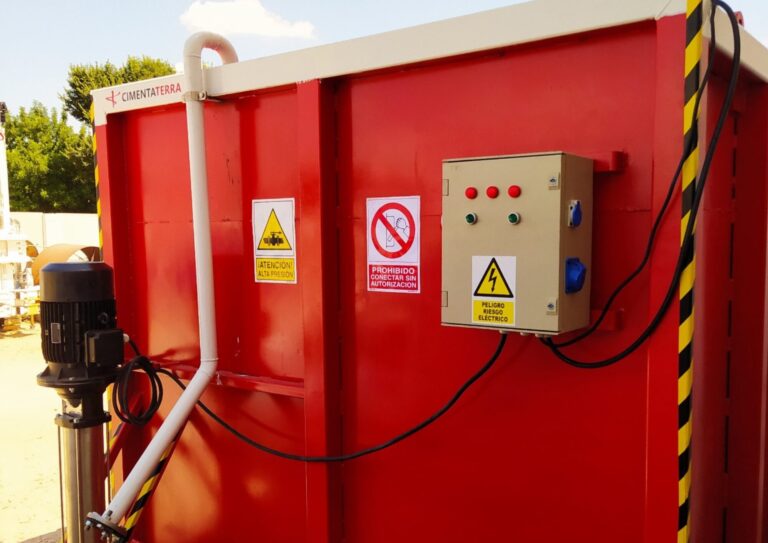Diaphragm wall foundation: stability and safety
The diaphragm wall foundation It is one of the most widely used solutions in urban construction projects due to its ability to guarantee stability, safety, and space optimization in densely populated areas. This technique is key in the construction of underground structures such as basements, parking lots, or transportation infrastructure. However, its implementation also presents a series of challenges that must be considered to ensure the success of each project. In this article, we will explore the advantages and challenges of using this technique. diaphragm wall foundation in urban environments.
Advantages of diaphragm wall foundations in urban spaces
The diaphragm wall foundation It offers a series of fundamental benefits for construction in urban environments. One of its main advantages is the ability to excavate to great depths without affecting the stability of surrounding structures. This makes it an indispensable technique in cities where space is limited and construction requires efficient and safe solutions.
Another important advantage is their ability to act as a barrier against groundwater. In areas with a high water table, diaphragm walls prevent leaks and ensure the watertightness of underground structures. This is especially useful in the construction of subway stations, parking garages, or foundations for skyscrapers.
In addition, the diaphragm wall foundation It allows for a reduction in surface space occupied during construction. In urban projects, where space constraints are common, this type of foundation minimizes interference with traffic, pedestrians, and other nearby infrastructure. Its execution with specialized machinery also reduces environmental impact and community disruption, making it a preferred option for many construction companies.

Challenges of diaphragm wall foundations in urban construction projects
Despite its numerous advantages, the diaphragm wall foundation It also presents technical and logistical challenges that must be managed effectively. One of the main challenges is the need for a detailed geotechnical study prior to construction. Soil quality, the presence of groundwater, and proximity to other buildings can all affect the stability and performance of the diaphragm wall, so a thorough analysis is essential.
Another critical aspect is the selection of appropriate materials. The quality of the concrete and reinforcement used in the foundation will determine the durability and strength of the structure. In urban projects, where loads may be high due to the presence of adjacent buildings, it is essential to use high-quality materials and advanced techniques to avoid long-term structural failures.
The execution of the diaphragm wall foundation Construction logistics in urban environments can also be affected. The need to operate in confined spaces, with traffic restrictions and strict regulations, can make it difficult to access machinery and manage materials. To overcome these obstacles, detailed planning that includes strategies to minimize the impact on the community and optimize execution times is essential.

The importance of innovation in diaphragm wall foundations
The construction sector is constantly evolving, and the diaphragm wall foundation is no exception. The application of advanced technologies, such as guided excavation and the use of self-compacting concrete, has significantly improved the efficiency and quality of these walls. Furthermore, the incorporation of real-time monitoring tools allows for controlling the stability of the structures and detecting potential problems before they become serious failures.
Sustainability also plays a key role in the modernization of this technology. More and more companies are committed to reducing their carbon footprint in concrete manufacturing and optimizing the use of recyclable materials. These initiatives not only benefit the environment but also improve the economic efficiency of projects.
In short, the diaphragm wall foundation It is an essential solution in the development of modern urban infrastructure. Its ability to guarantee stability, watertightness, and optimization of space makes it an ideal option for large-scale projects. However, its proper execution requires meticulous planning, the use of appropriate materials, and the application of innovative technologies. In a world where cities continue to grow and the demand for safe infrastructure is ever-increasing, perfecting these techniques will continue to be a priority for the construction sector.




